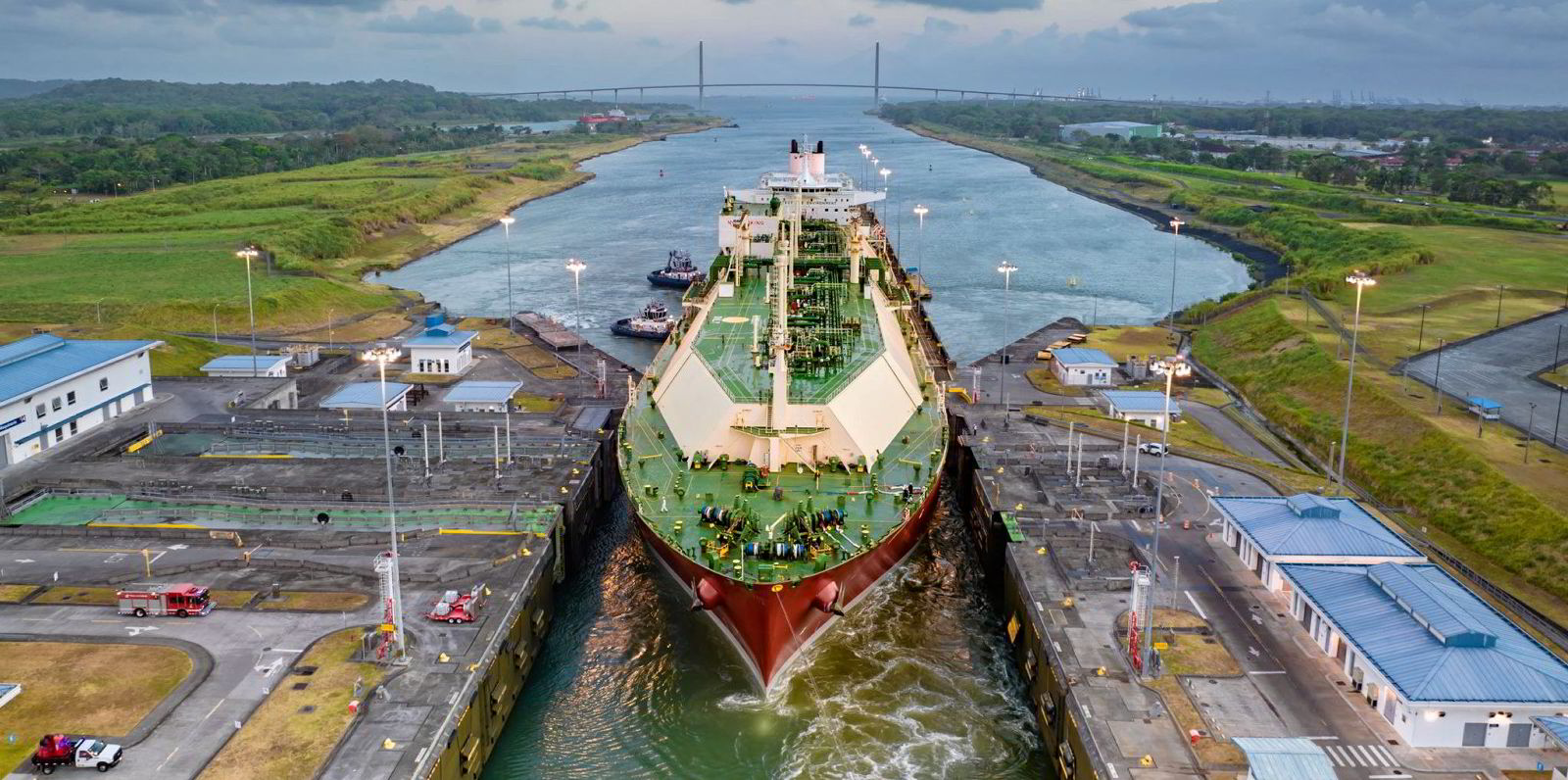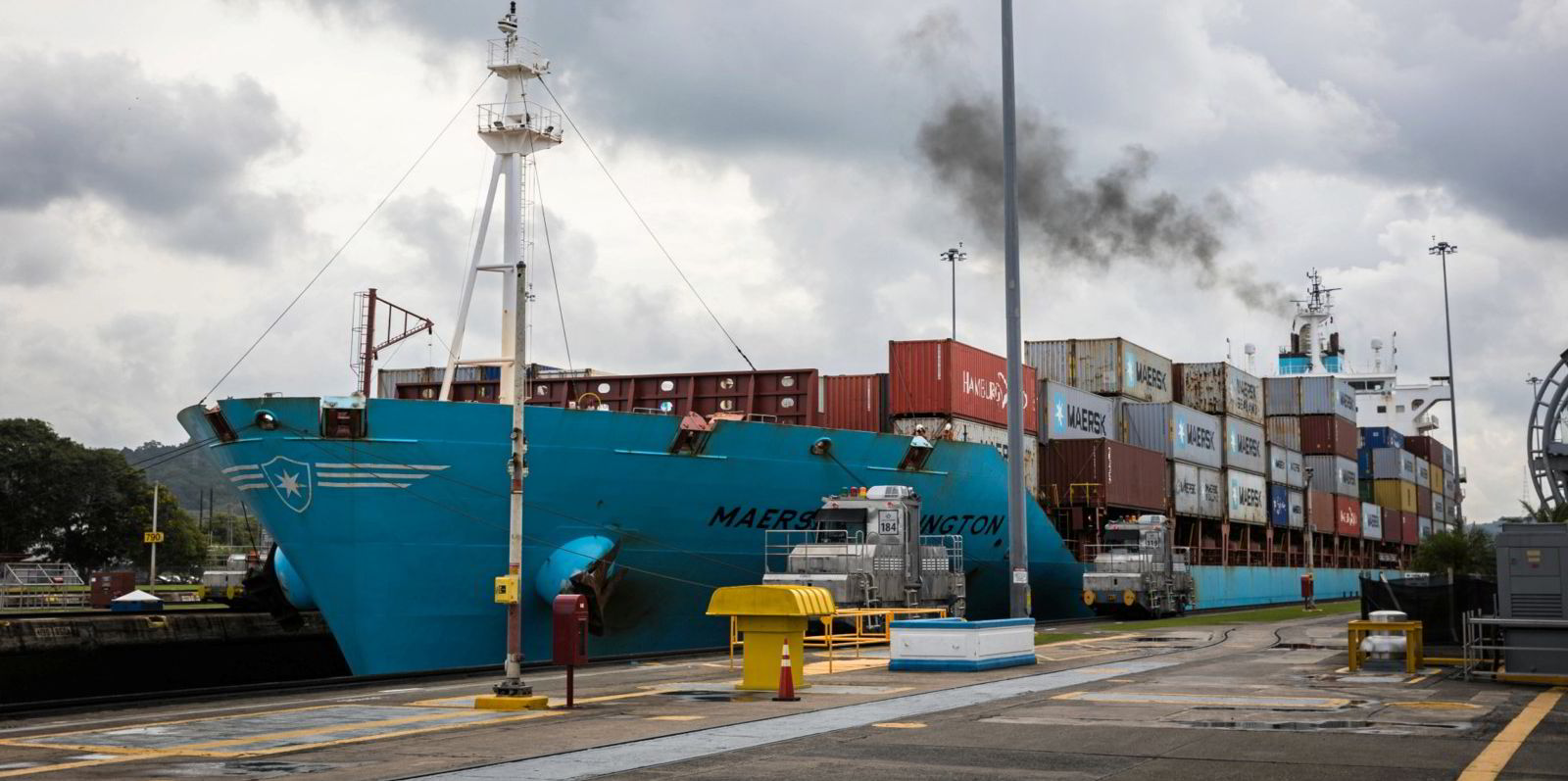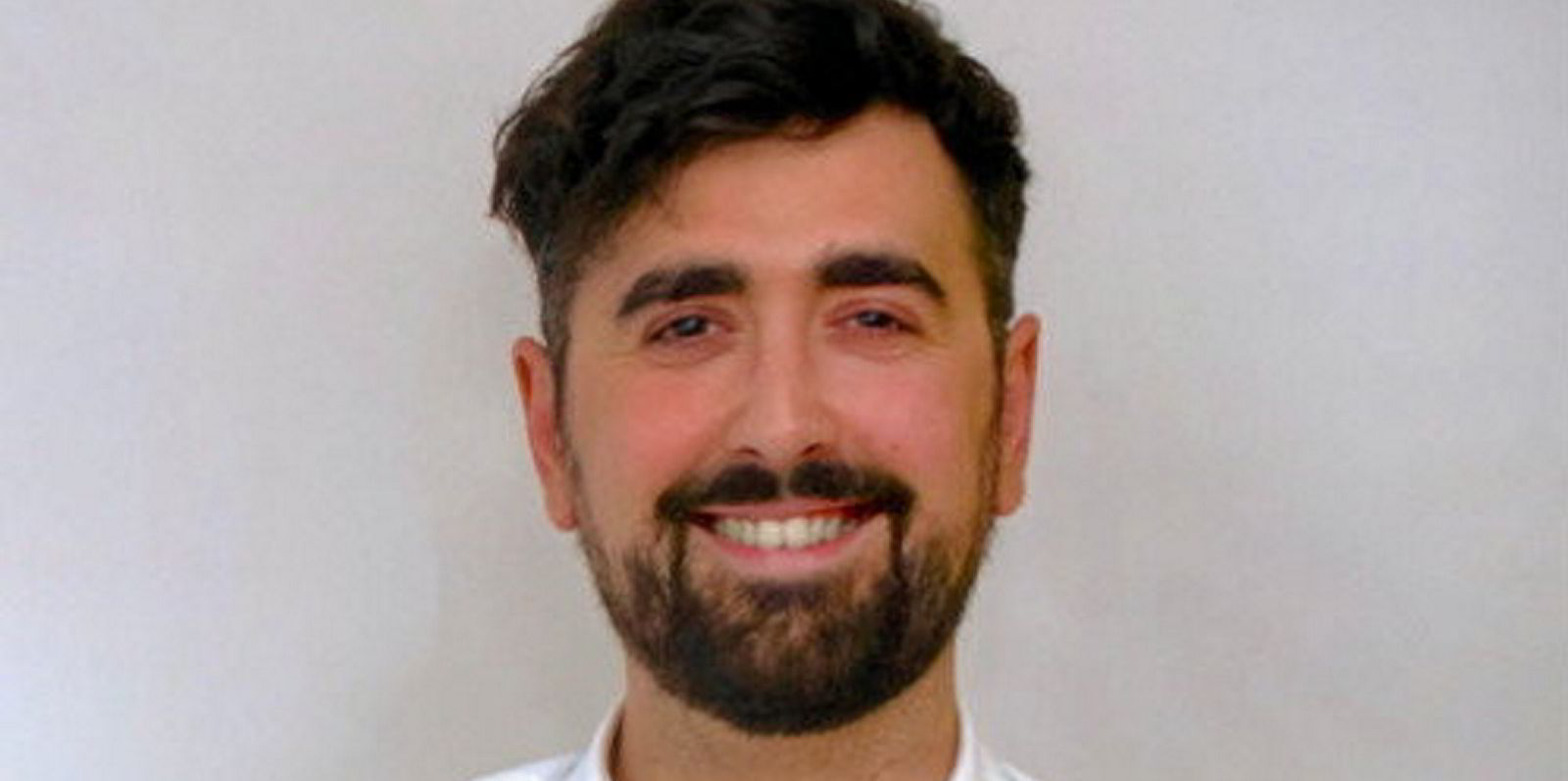At one point last week, some 165 ships were queued up to get into the Panama Canal.
Data from Leth Agencies, a global company that helps ships transit canals, showed that vessels could be expected to wait up to three weeks to pass through the century-old waterway that serves as a key link between the Atlantic and Pacific oceans.
The culprit: a shortage of fresh water that feeds the canal thanks to a historic drop in precipitation during what is typically the rainy season in one of the world’s wettest countries.

Is the lengthy vessel queue an example of climate change delivering a wallop to maritime trade?
Steven Paton, the Panama City-based director of the physical monitoring programme at the Smithsonian Tropical Research Institute, said scientists are careful not to conclude that individual weather patterns are a result of climate change.
But he told Green Seas that the conditions that are fuelling restrictions by the Panama Canal Authority (ACP) on vessel transits are consistent with how scientists forecast climate change to impact this country.
Unlike in many tropical nations in the region, there is rainfall data for Panama stretching back 143 years, and that shows that the nation’s climate is shifting, offering swings from intense storms to intense droughts.
“In the last 25 years, we’ve had eight of the 10 greatest storms, we’ve had the two driest years and the three driest years in a row,” Paton said.
Mother of a storm
Those powerful storms include a 2010 system dubbed La Purisima, a reference to the Virgin Mary, that nearly led water levels to overtop an earthen dam in the canal, threatening a disaster.
This year could be the driest year ever in Panama, topping the record set in 2015 and 2016.

In central Panama, average rainfall is down 40% so far, with 50% in some areas, according to Paton.
The scientist is also loathe to call what is happening in Panama a drought. Dramatically lower rainfall in Panama is still wet by other countries’ standards, and it is possible for localised flooding to take place even in such conditions.
Seasonal rainfall
Typically, the rains in the wet season are enough to get the canal through the dry season that follows.
But in years like this one, the plunge in rainfall is almost always associated with the emergence of El Nino, a reoccurring climate phenomenon that leads to warmer temperatures in the Pacific, and it can sometimes start as early as May, the start of what is normally the wet season. And the dry season can start sooner, in November rather than late December.

That has led the ACP to extend current draught restrictions into 2024, and it is limiting daily transits to 32 ships, below the average of 36.
The wait times have reduced slightly since last week’s peak, with Leth Agencies reporting 138 ships in the queue on Monday and waits of up to 16 days, but it normally only takes two to five days to get through the canal.
Market gains
For shipping companies, the restrictions can prop up markets by tying up tonnage.
Analysts at Clarksons Securities, for example, said the MR product tanker market is tight in part because the canal delays are leading to less tonnage replenishment in the Atlantic.
Shipbroker Braemar said on Tuesday that operators of container ships and gas carriers are grabbing the reduced number of advance booking slots, which are fetching a higher price.
That means bulkers will likely ballast around the Cape of Good Hope or through the Suez Canal, rather than join the 80 bulkers waiting to get through the Panama Canal. The situation could tighten supply of most bulk carrier sizes in the Atlantic, the shipbroker wrote.
What do climate models say about the Panama Canal’s future?
“Assuming that what is going on with this increased variability is climate change and that we are going to follow the same patterns predicted by the models, all we can expect is a continuing of what we’re seeing: that increasing variability and less predictability,” Paton said.
After more than 30 years of tracking the country’s climate, Paton has seen things this year that he had never seen in the past.
“The scariest thing is that some of the fundamental driving variables for climate are beginning to change because all models are based on the assumption that there are some … constants,” he said.
“And when you start changing these constants, you begin to lose predictive power. And so we’re going to have more variability and less ability to use the past as a guide into the future.”
______________
Podcast: Will EU carbon prices fall before they rise as shipping gears up for emissions trading?
As shipping gears up to enter the EU’s Emissions Trading System at the start of the year, companies will have to pay for the right to pollute, but the price will vary with market whims. Where are those prices headed?
BRS Shipbrokers head of carbon markets Mattia Ferracchiato and Vertis Environmental Finance shipping head Frederic Bouthillier provide insight in the Green Seas audio edition.
Listen to the episode in the player above or on Google Podcasts, Apple Podcasts, Stitcher, Pandora, Spotify or SoundCloud.
______________
World’s first liquefied hydrogen carrier swings by Middle East ports
Japan’s pioneering liquefied hydrogen carrier has arrived in Oman on a marketing and education trip to the country, with an eye on future production, as Lucy Hine reports.
Data tracking showed the 1,250-cbm Suiso Frontier (built 2020), which is in ballast, arriving off Muscat in Oman early on Monday.
Prior to this, the hydrogen carrier appears to have visited Abu Dhabi.
______________
MOL joins Singapore’s Global Centre for Maritime Decarbonisation
Japanese shipowner Mitsui OSK Lines has signed in to the Global Centre for Maritime Decarbonisation, Lucy Hine writes.
MOL said last week that it had inked a five-year “Impact Partnership” agreement with the two parties holding a signing ceremony at the centre’s office in Singapore.
Announcing its latest move, MOL said decarbonisation in the maritime industry needs an accelerating collaboration and increasing investment by shipping companies, their customers, ports, energy suppliers and public sector actors.
Read more
- Why EU shipping emissions are unlikely to return to pre-pandemic levels
- Volatility makes for cheap entry point in European carbon market
- Capital’s ‘green revolution’, car carrier blaze rages and Xi’s disappointing growth
- ‘The cover’s off’: CargoMetrics to step up the pace of maritime data product rollouts
- Green Seas: How will the EU’s upcoming carbon laws change shipping?




